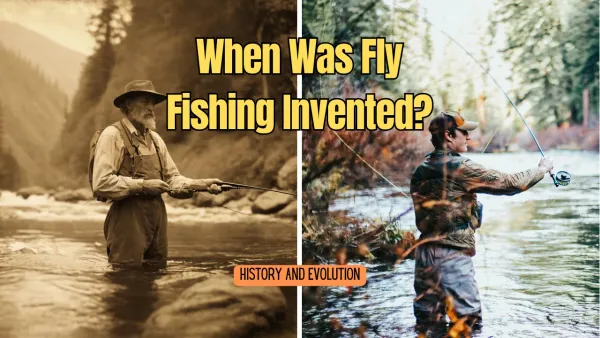Skiing is a thrilling sport that combines the excitement of speed with the beauty of snowy landscapes. Whether you're carving down groomed pistes or exploring backcountry powder, the right pair of skis can make all the difference. But with so many options on the market, how do you choose the best skis for your needs? This comprehensive guide will walk you through the process, ensuring you hit the slopes with confidence.
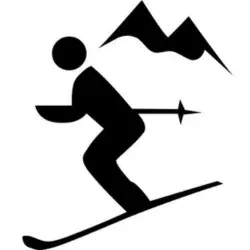
Key Takeaways:
- Understand the different types of skis and what makes a ski good for specific conditions and skill levels.
- Learn how to match ski length, width, and shape to your skiing style and terrain preferences.
- Discover the importance of considering your own physical characteristics when selecting skis.
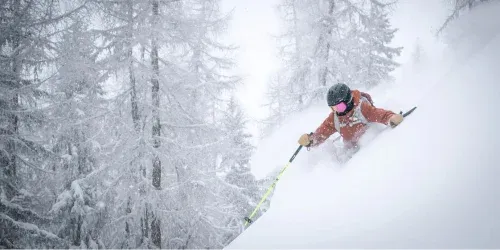
Understanding Ski Types and Terrain Compatibility
When you're on the hunt for the best skis, it's crucial to start by understanding the different types available and how they match up with various terrains. Alpine skis, for example, are designed for downhill skiing on groomed runs and come in several sub-types, including race skis, all-mountain skis, and powder skis. Each type is tailored to perform best under certain conditions – race skis are built for speed and precision on hardpack, while powder skis are wider to provide floatation in deep snow.
For those who enjoy a mix of on-piste and off-piste skiing, all-mountain skis are a versatile choice. They are designed to handle a variety of conditions and are a great option for skiers who want one pair of skis to do it all. On the other hand, if you're drawn to the backcountry's untouched snow, you'll want a ski that can handle the variability and depth of off-piste terrain. In this case, wider skis with rockered tips might be your best bet to stay afloat in the powder.
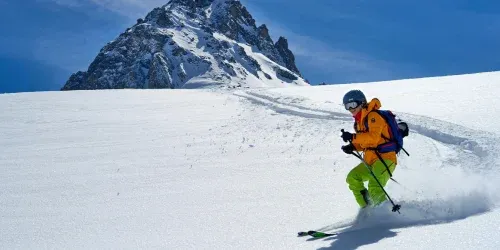
Matching Skis to Your Skiing Style and Experience
Your skiing style and experience level are pivotal in choosing the best skis. Beginners might look for a ski that's more forgiving and easier to turn, which typically means a softer flex and a narrower waist. Intermediate skiers might opt for something a bit more responsive that can handle faster speeds and more aggressive turns, while advanced skiers may prefer stiffer skis that provide greater stability at high speeds and on varied terrain.
It's also important to consider the type of skiing you enjoy most. If you're all about speed and precision on groomed runs, a stiffer, narrower ski will serve you well. If you're into freestyle skiing, you'll want a twin-tip ski that allows for tricks and smooth landings. And if you're someone who loves to explore and ski in all types of conditions, an all-mountain ski with a good balance of flexibility and stability might be the perfect choice.
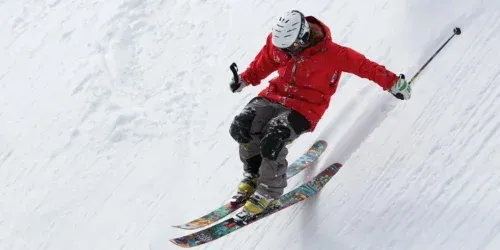
The Role of Physical Characteristics in Ski Selection
Your physical characteristics, such as height, weight, and strength, play a significant role in determining the best skis for you. Generally, taller and heavier skiers will benefit from longer and wider skis, which provide better stability and support. Conversely, shorter and lighter skiers can opt for shorter skis for better maneuverability.
The right ski length can be roughly estimated by raising your arm and measuring from the floor to your wrist – this is a good starting point for beginners. More experienced skiers may prefer a ski that reaches somewhere between their chin and the top of their head, depending on their preferences for speed and agility. Remember, the best way to find out what works for you is to demo different sizes and see how they feel on the slopes.
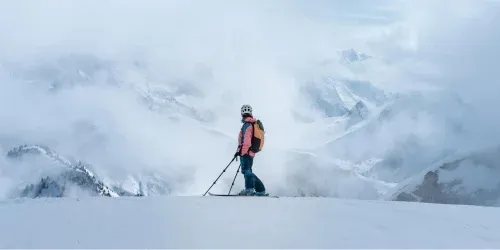
Ski Width and Shape: Finding the Perfect Balance
Ski width is measured at three points: the tip, waist, and tail. The waist width is particularly important as it influences the ski's performance in different snow conditions. Narrower waists are great for quick edge-to-edge transitions on groomed runs, while wider waists provide better flotation in powder. The shape of the ski, including the sidecut radius, also affects turning ability. A smaller radius makes for quicker, tighter turns, while a larger radius is better for long, sweeping turns.
The shape of the ski's tip and tail also matters. Rockered or upturned tips make it easier to initiate turns and can help prevent the ski's tip from catching in soft snow. Cambered skis, with a slight upward curve in the middle, provide better edge grip on hard snow. Many modern skis combine both rocker and camber in their designs to offer a balance of agility and control.
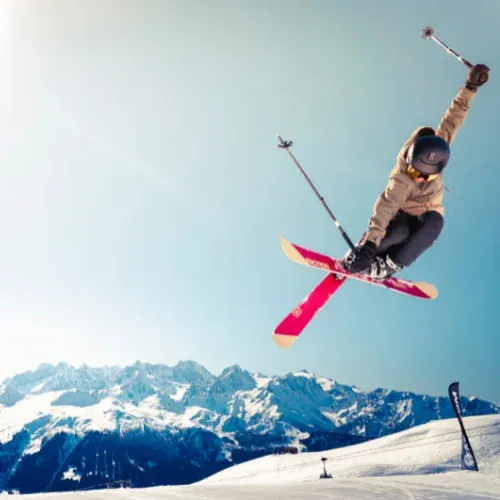
Summary
Choosing the best skis involves a blend of understanding ski types, matching them to your personal style and experience, and considering your physical characteristics. Remember to think about the terrain you'll be skiing on, the kind of skiing you enjoy, and the size and shape of the ski that will complement your height and weight. With these factors in mind, you'll be well on your way to finding the perfect pair of skis to enhance your skiing experience.
FAQs
How important is ski length when choosing a pair of skis?
Ski length is very important as it affects stability, maneuverability, and overall performance. While there are general guidelines based on your height and skill level, the best way to determine the right length is to demo skis and see what feels comfortable and responsive to you.
Can I use the same skis for different types of terrain?
While some skis are designed for specific terrain, all-mountain skis are made to handle a variety of conditions. They are a good choice if you want one pair of skis that can perform well on both groomed runs and in powder.
Does my weight influence the type of skis I should choose?
Yes, your weight is a factor in choosing skis. Heavier skiers typically need longer and possibly wider skis to provide the necessary support and stability, while lighter skiers can go for shorter skis that offer easier control and maneuverability.





